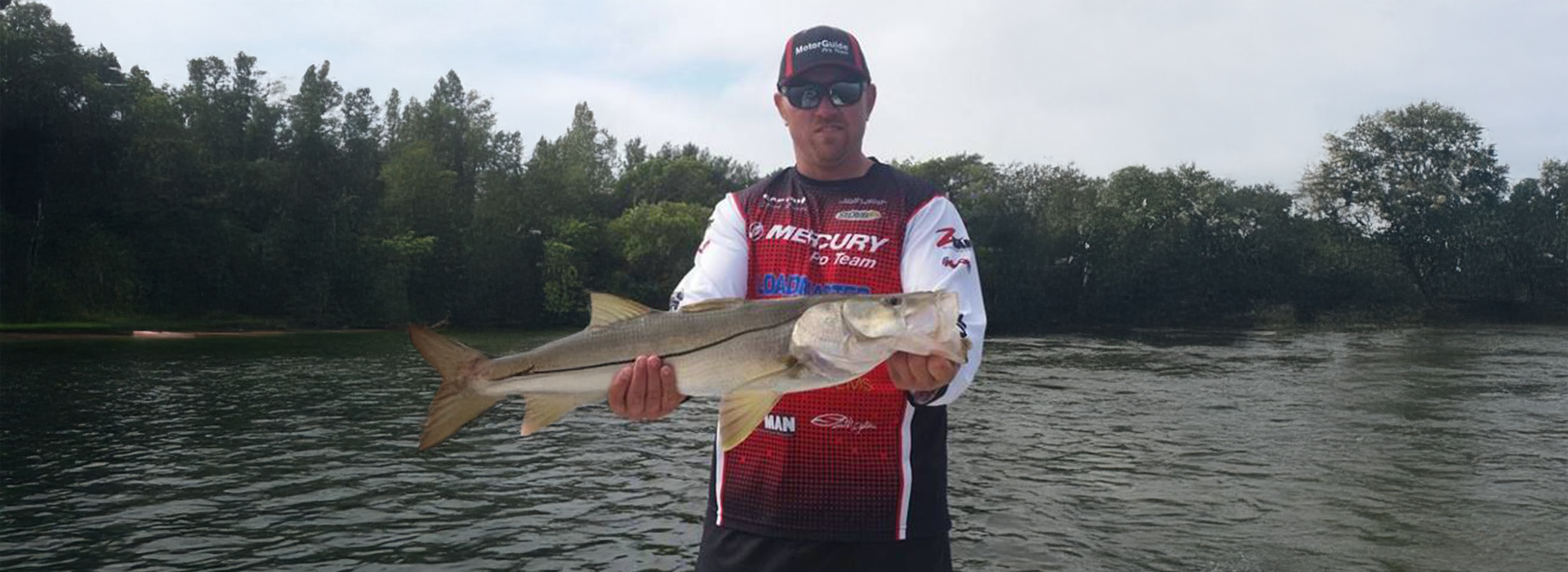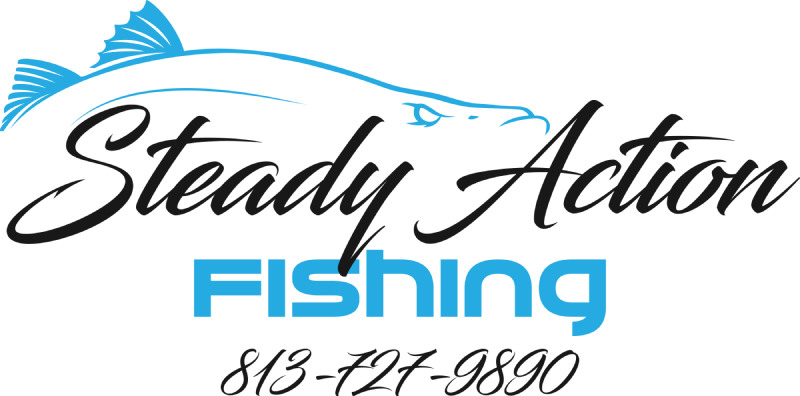By using our website, you agree to the use of cookies as described in our Cookie Policy
Landing snook again and again means having the right bait ready at the right moment. Whether we’re working dock lights, mangrove edges, or beach passes, our live bait strategy is always dialed in. Not just any bait will do—season and location matter. Smart bait selection is the difference between a slow day and a cooler full of snook. This is more than fishing. It’s a plan, and when we do it right, the results speak for themselves.

The Hidden Champion of Snook Fishing
Live bait often gets overlooked for flashy lures, but those who want steady results know its value. Local bait shops and catching our own both play a role. Fresh bait gives us an edge that artificial lures just can’t match. It’s a win for the shops, and even better for us on the water.
This approach goes back generations and keeps working because it delivers. Most of our successful snook trips use a mix of bait types, sometimes a dozen, sometimes hundreds. Around bridges, along beaches, or deep in the back bays—if snook are there, the right live bait will get them biting.
Where Your Bait Should Go
Every bait has its job. With live bait fishing, we keep options open. Early morning with cool water, or a tide about to turn, having several choices makes all the difference. We use different baits to solve real challenges and put more fish in the boat. Here’s how different baits work best: Whitebait for surface-feeding snook in warmer months, Pinfish for deeper structure and bridges, threadfin herring for summer beach fishing, mullet for trophy snook, shrimp in the cooler winter periods, greenbacks in strong current, and pilchards around dock lights at night.
Different Rigs for Different Situations
There’s no one-size-fits-all rig for live bait. Like a good toolbox, we use different setups for different conditions. Our standard free-line setup works best in shallow water with no weight needed, letting the bait swim naturally during slow tides. For deeper water, we switch to a weighted setup using 1/4 to 1-ounce weights, which helps in strong current and keeps bait in the strike zone. Float rigs come into play around structure, controlling depth precisely while preventing snags—especially effective around dock fishing.
What to Expect with Each Bait Type
Bait selection is like picking the right fuel for a boat. Each type brings something different to the table. Whitebait shines in warm water but needs quick use, typically living just 2-4 hours in the well. While it catches multiple species, timing matters with this bait. Pinfish prove more durable, lasting several days when properly maintained and working year-round—especially effective for larger snook. Shrimp rounds out our winter arsenal, staying alive longer in cool water and proving versatile for both day and night fishing.
Understanding Seasons and Tides
• Spring
- Focus on whitebait as fish move to beaches
- Morning incoming tides work best
- Water warming up brings more activity
• Summer
- All baits produce action
- Early mornings and late evenings shine
- Rain patterns shift fishing patterns
- Fast-moving tides keep fish active
• Fall
- Mullet run brings bigger fish
- Bigger baits work better
- Outgoing tide is most productive
- Water cooling changes patterns
• Winter
- Shrimp becomes the go-to bait
- Slower presentations needed
- Warm afternoons fish best
- Deep water holds most fish
Bait Care and Storage
Keeping bait alive means more fish in the boat. Our proven system starts with round livewells, changing water every 30 minutes to maintain oxygen levels. We never overcrowd our wells, add oxygen during hot weather, and always match water temperature to conditions. Clean water remains crucial—it's the difference between lively bait that catches fish and dead bait that wastes time.
Licenses and Regulations
Before we hit the water, we make sure to have a valid Florida fishing license and snook permit, check season dates, know size limits, understand bag limits, and review bait regulations.
Getting Started Right
Success starts with the right gear. We rely on 7-foot medium-heavy rods paired with 3000-4000 size reels, spooled with 20-30 pound braid and 30-40 pound leader. Circle hooks and proper cast nets round out the essential equipment. Finding bait means checking multiple spots, mastering cast net skills, and building relationships with local bait shops. Location selection focuses on proven spots: bridge pilings, mangrove edges, beach passes, dock lights, and channel edges.
When Live Bait Isn't Working
Sometimes we switch it up: Artificial shrimp, soft plastic jigs, topwater plugs, swim baits, and suspending lures all have their place in our tackle box.
Cost Considerations
Budget matters. Bait runs $5-15 per dozen, cast nets range from $50-200, proper tackle is $200-500, license fees are $50-100 annually, and fuel for the boat varies.
Common Mistakes
• Bait Handling Errors
- Using dead bait
- Wrong hook size selection
- Poor bait care practices
• Timing Mistakes
- Fishing wrong tide
- Missing seasonal patterns
- Poor presentation speed
• Technical Errors
- Improper rigging
- Ignoring regulations
- Wrong gear selection
Finding Quality Bait
Local sources include bait shops, marina stores, wholesale dealers, guide recommendations, and personal catching.
When the bite is hot, there's no time to waste. For quality live bait in Tampa Bay, we trust our local bait shop. The right bait is the difference between a full cooler and just another story about the one that got away.
Ready to put these live bait tactics to work? Book a trip with Steady Action Fishing Charters today. Call us at 813-727-9890 and let's get you on the water with the right bait, right setup, and right knowledge to land more snook.
‹ Back


